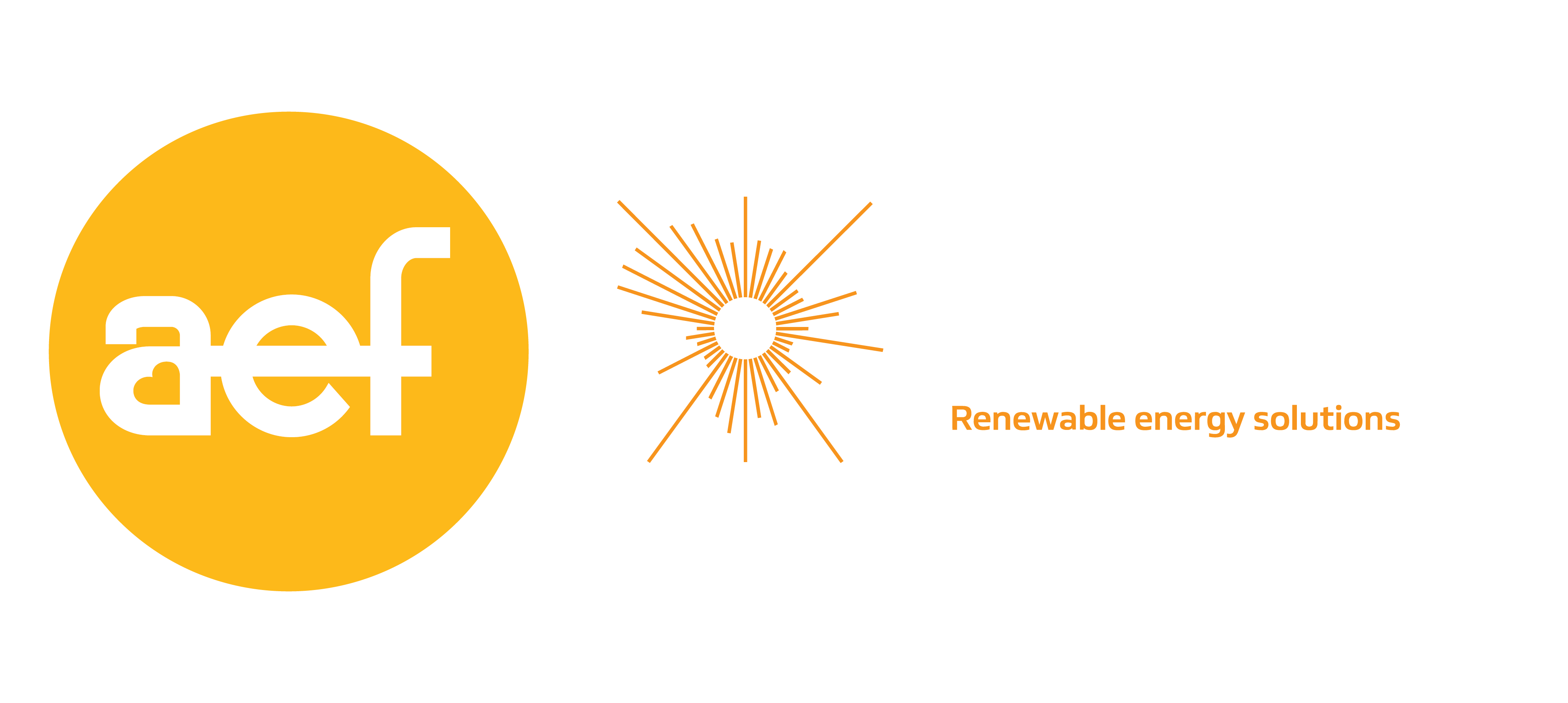CLOSING THE COVERAGE GAP: PROVIDING ELECTRICITY & CONNECTIVITY TO AFRICA’S HEALTHCARE FACILITIES
)
It’s a fraction that amounts to approximately 100,000 hospitals, clinics, surgeries and pharmacies. And its impacts have been exacerbated by the past year’s battle with COVID-19. Even prior to the pandemic, these facilities – often situated in more rural areas of the region, but not exclusively so – were plagued by poor lighting, ineffective power of equipment, an inability to charge critical devices, no way to adequately record and monitor information, and unreliable refrigeration of critical medicines.
It is this latter need that has perhaps triggered urgency across the global support system in recent months, amid the vaccination rollout. Without power, how can those vital vials be ordered, tracked and planned for? How can they be stored at a requisite temperature to ensure efficacy? And, ultimately, how can the initial prospect of a vaccination programme stem the tide of infections if those middle-last mile components aren’t functioning.
Bundling solutions
The electrification of healthcare sounds like a given, especially during times such as this. But much of the region is playing out a scenario where this simply isn’t the case, and it’s thankfully been forced to the top of the agenda for many agencies, investors and financiers who are now looking to transform the sector.
As a foremost example, USAID and Power Africa are leading the charge to encourage and facilitate private impetus into health facility electrification, driven largely by the prospect of PPPs across NGOs, government ministries, the private sector, banks, investors, energy project developers, tech providers and the off-grid fraternity.
One immediate realisation off the back of such efforts relates to the bankability of the sector. For segments of society that are already often detached from core national infrastructures, the need to ensure long-term financial feasibility of individual projects is time- and mission critical. But also, difficult. And it’s already led to ideas around bundling project outcomes, to also incorporate wider community upliftment in the form of telecommunications, water, local capacity building and infrastructure development; alongside just powering the health facility itself.
An array of challenges
Regardless of the chosen model, the need for intervention is clear. To reemphasise the current challenges, around half of freeze-dried vaccines are damaged across the aforementioned array of unpowered clinics, due to a break in the cold chain.
Medicines can’t be transported, they can’t be tracked and ordered, and they can’t be stored – consistently.
In terms of procedures, the gender discrepancy is also brought to concerning light with mothers having to bring candles to clinics if they’re giving birth at night. In some cases, mothers are reported to have walked an extra five kilometres if they’re assured electrical power further away.
And, back to COVID, oxygen tanks are unable to produce enough for those suffering from acute breathing difficulties. Then comes the data challenge. Both from a record-keeping perspective and an industry overview standpoint, the region and industry is lacking visibility.
Such visibility would obviously enrich the level of care provided to patients if their information is up to date and available – but current power levels aren’t reliable enough to sustain the computers, smartphones and systems needed to either store or access such data. And looking ahead now, data in the form of industry mapping would be critical to encouraging more confident and interested investors as attentions turn towards the idea of solutions.
Empowering citizens
Already, PPPs are being formed between high-profile enterprises in the tech space especially, to form projects which implicate the provision of power. Often incorporating additional benefits in the form of telecoms or water, mutual synergies are being explored on a more constant basis to not only bring solutions to the table, but to then make them bankable.
Being innovative with financial models is a facilitator to this end. In most cases, the money among interested parties from both the public and private side is there. The technology to usher in offgrid and mini-grid influence is certainly there. What’s left outstanding is the assurance around viability, and how – ultimately – those putting their money in would receive eventual repayment for the service being provided.
In this regard, O&M sustainability should arguably be the most significant focus of all as people come together and find a solution for Africa’s healthcare sector. This sustainability should appear in the form of local enrichment so that the current model of one-off troubleshooting can be converted into a self-sustaining social model long into the future. To leverage, develop, train and establish local capacity for design, installation and maintenance of all associated power and social infrastructure; will pave the way for a bankable industry beyond the existing status quo.
By investing in, and enriching those local companies and people who are in a position to hit this ground running, a precedent can be set where systems can remain operational without international intervention. By triggering this progression, a snowball effect can then expand to create a map of at-risk facilities, to improve connectivity across those clinics, and to improve patient data and record keeping. And, most importantly, it can lead to a future where all citizens get access to the most basic levels of care without the chain powering down.

